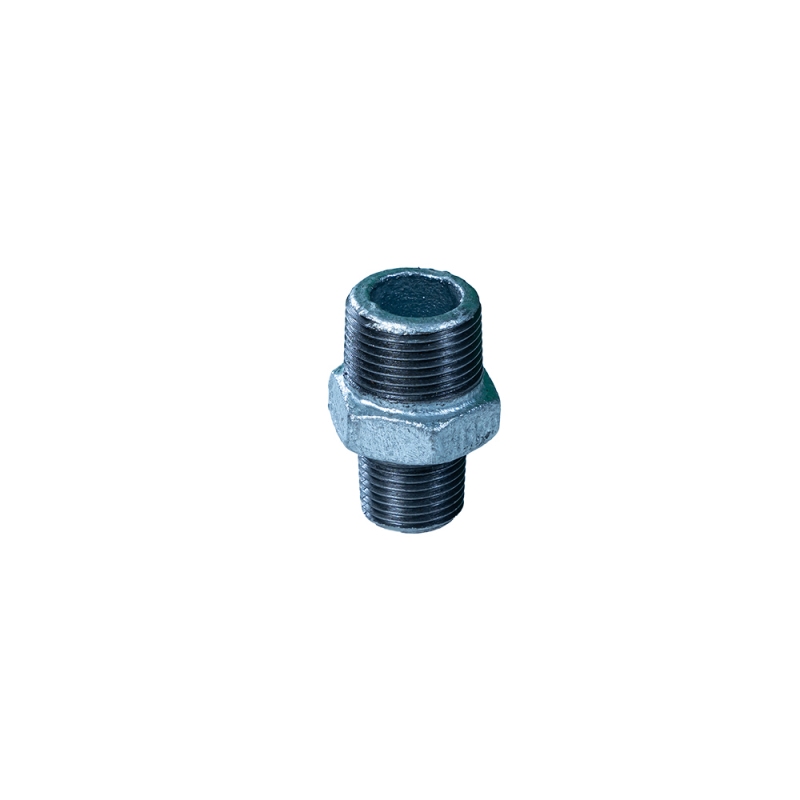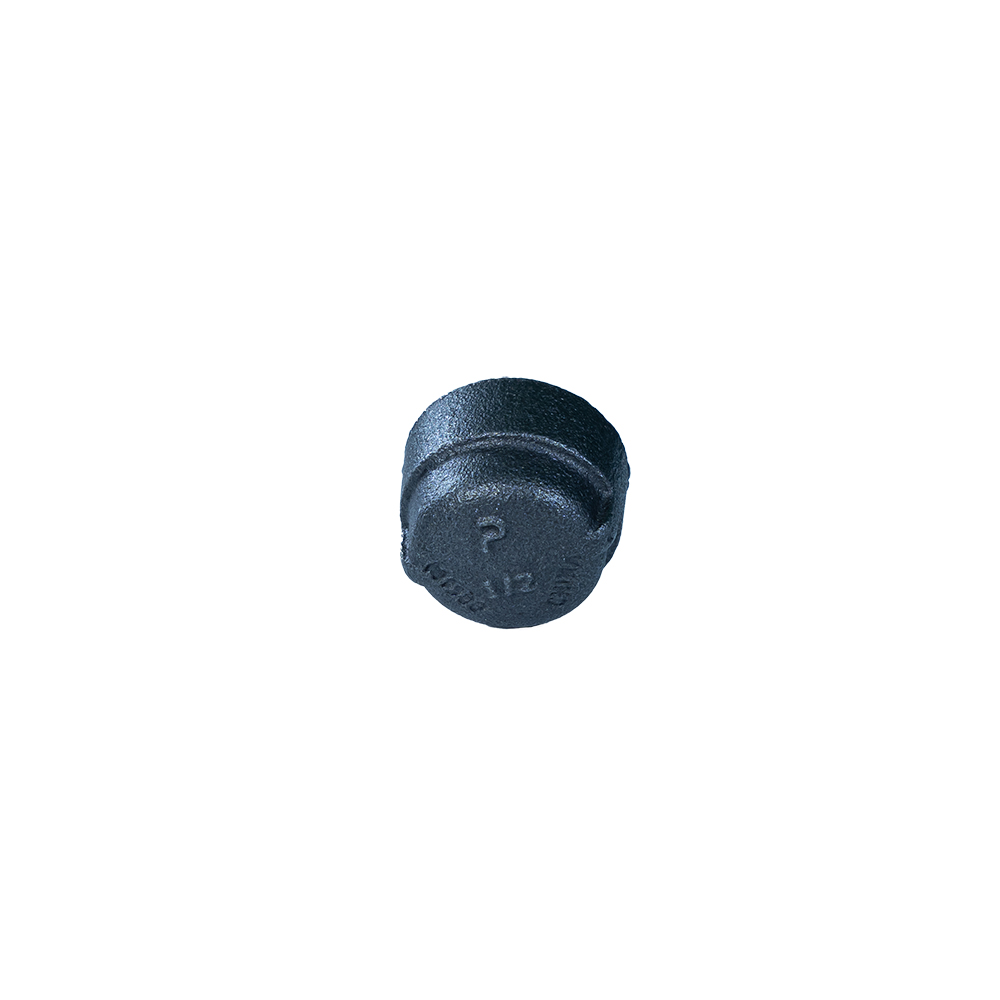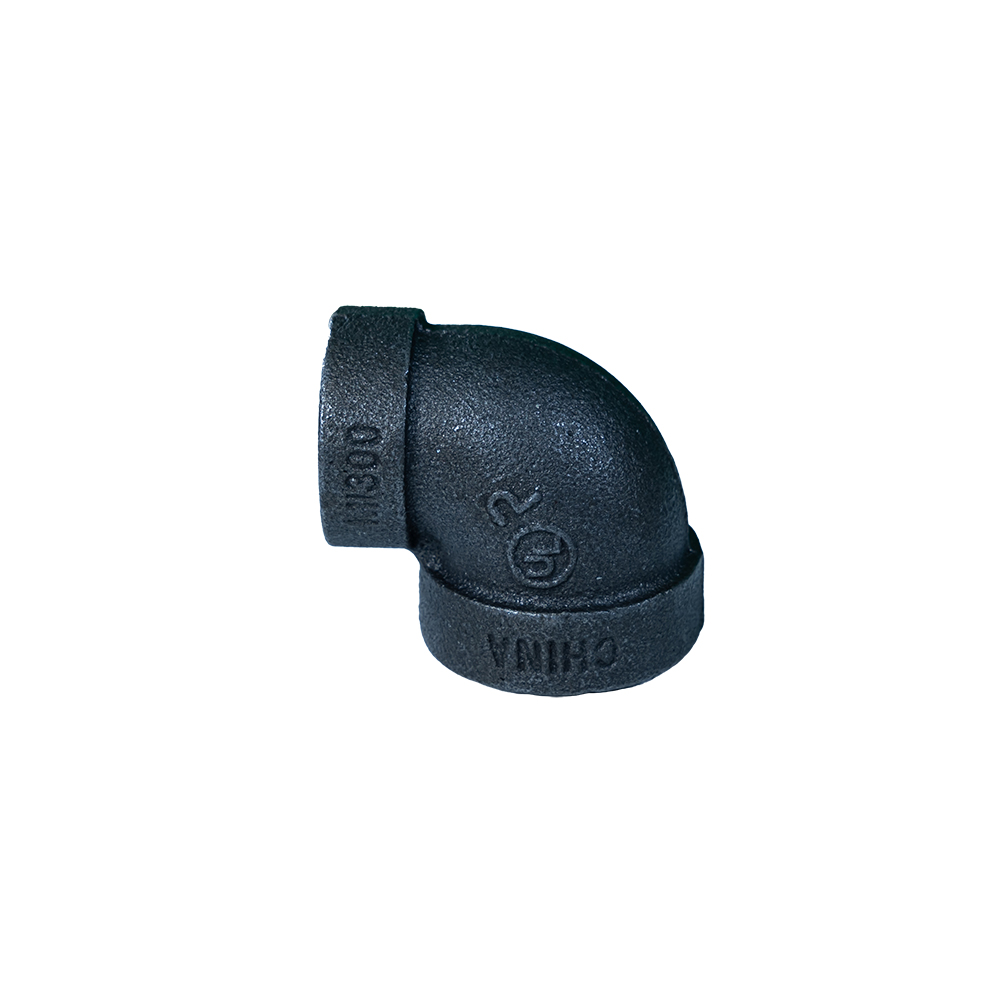Understanding Compression Fittings for Galvanized Pipe: Why It’s a Big Deal Worldwide
If you’ve ever dealt with plumbing, you know the struggle of joining pipes securely — especially when those pipes are galvanized steel. Compression fittings for galvanized pipe might sound like a niche jargon, but worldwide, they address a surprisingly universal need: efficient, reliable pipe connections that stand the test of time and harsh environments. As urbanization surges and aging water networks require upgrades, knowing about these fittings isn’t just plumber-speak — it’s key to ensuring infrastructure resilience, safety, and cost-effectiveness in countless applications.
Globally, a lot depends on robust piping systems — from delivering safe drinking water to maintaining industrial fluid networks. Compression fittings serve as the unsung heroes here, letting teams connect galvanized pipes without excessive welding or complex gear. The result? Faster installations, less leakage, and smoother maintenance.
Mini takeaway: Compression fittings aren’t just components; they’re crucial connectors locking infrastructure together reliably — a small detail with huge global implications.Why Do Compression Fittings for Galvanized Pipe Matter at a Global Scale?
Take a moment and consider the statistics: The World Bank estimates that over 2 billion people still lack access to safely managed drinking water. Much of the underlying plumbing infrastructure involves galvanized pipes that have been around for decades. These pipes are durable, but connecting or repairing them used to mean costly downtime or risky welding, especially in places with limited resources or skilled labor.
Galvanized steel pipes are prized for corrosion resistance but require special methods for joining to maintain integrity. Compression fittings offer a simple, mechanical alternative that needs no heat or solder, reducing safety risks and speeding up deployment. International organizations and industries alike have recognized that embracing these fittings helps circumvent infrastructure issues — notably in disaster relief contexts or remote industrial zones where welding is impractical.
ISO has also set standards (e.g., ISO 8434) guiding the design and usage of compression fittings, which boosts confidence in their reliability worldwide.
Mini takeaway: As organizations push for sustainable and affordable water and gas delivery systems, compression fittings are bridging a silent yet vital gap.What Exactly Is a Compression Fitting for Galvanized Pipe?
Put simply, a compression fitting is a mechanical device used to connect two pipes or a pipe to a fixture—no welding involved. It typically includes a compression nut, a compression ring (or ferrule), and the fitting body. When the nut tightens, it compresses the ring around the pipe's outer surface, creating a tight, leak-proof seal.
For galvanized pipes—those coated in zinc to fight rust—compression fittings ensure you don’t damage the protective layer during installation. That’s crucial because the zinc coating is what keeps the pipe durable in wet or corrosive environments.
On a broader scale, this technology underpins essential services: clean water, gas delivery, and even certain manufacturing processes. It’s clever in its simplicity and perfectly suited to modern humanitarian needs where speed and reliability often trump complex engineering.
Mini takeaway: The compression fitting is like the handshake between two steel pipes—firm, secure, but without the heat.Key Factors To Consider When Choosing Compression Fittings
Durability
Galvanized pipes last for decades mainly because of their zinc coating. Compression fittings need to preserve the pipe's corrosion resistance, so they're often made from corrosion-resistant materials like brass or stainless steel. This means fewer repairs and longer-lasting connections.
Installation Ease
One of the biggest selling points is the ability to install fittings without special tools or welding—important in regions lacking infrastructure. You just slide the ferrule on, tighten the nut, and you’re done. This reduces labor costs and downtime significantly.
Leak Resistance
Compression fittings apply uniform pressure around the pipe, sealing tightly to prevent leaks. It’s not fail-proof—over-tightening or incorrect installation can cause issues, but when done right, these fittings offer very low leakage rates.
Compatibility
Compression fittings must match pipe dimensions accurately, particularly because galvanized pipes have slightly varying diameters. Different manufacturers offer specific sizing options to accommodate this variance.
Cost Efficiency
Though not necessarily cheaper per-unit than other fittings, compression fittings save money by minimizing installation time and avoiding expensive tools or torch use. Over a project’s lifetime, those savings add up.
Mini takeaway: Choosing the right compression fitting balances material longevity, sealing integrity, and installation practicality. In real terms, it’s about saving time and headaches.Real-World Applications: Where Compression Fittings for Galvanized Pipe Work Best
- Water distribution networks: Especially in areas upgrading aging galvanized systems without full pipe replacement.
- Natural gas delivery: Compression fittings resist pressure variations without requiring open flames during installation, improving safety.
- Post-disaster relief operations: Quick pipe connections restore water lines in emergency shelters.
- Remote industrial zones: Where skilled labor or special tools aren’t readily available but operational uptime is critical.
- Manufacturing plants: For fluids and gases needing reliable, maintenance-friendly connections.
Industry leaders like utilities and NGOs often prefer compression fittings because they speed projects along and reduce liability risks.
Mini takeaway: From bustling metros to far-flung disaster zones, these fittings quietly keep the flow going.The Tangible Benefits: Why Compression Fittings are Worth the Investment
On paper, compression fittings help cut labor and downtime costs. But the advantages run deeper. They’re about trust — ensuring water doesn’t leak into soil or gas lines don’t endanger workers. They mean dignity and safety for millions who depend on clean water.
Using them also aligns with sustainability because fewer materials and less energy are needed compared to welded joints. The fittings’ modular nature means maintenance is quicker and less wasteful.
Emotionally speaking, it feels good knowing something so “small” is still part of a chain delivering essentials safely and reliably.
Compression Fittings in the Pipeline: Trends and Innovations
Materials science is moving fast — the latest fittings are lighter, stronger, and more corrosion-resistant. Smart sensors embedded inside fittings to detect leaks or pressure drops are already being trialed, hinting at a future where even plumbing networks join the IoT revolution.
Meanwhile, sustainability trends push manufacturers to produce fittings with lower carbon footprints and recyclable components.
Automation in manufacturing ensures tighter tolerances and better quality control, meaning fewer installations fail due to faulty parts.
Challenges Facing Compression Fittings and How Experts Tackle Them
Despite their appeal, compression fittings aren’t perfect. Common issues include improper installation, less-than-perfect sealing on irregular pipe surfaces, and limited pressure tolerance in some designs.
Innovative solutions include:
- Better installation guides and training programs
- Developing ferrules made from malleable metals that adapt to minor pipe imperfections
- New designs addressing higher pressure scenarios
Frankly, the biggest key remains investing time in proper installation and selecting the right fittings for each job.
Quick FAQ About Compression Fittings for Galvanized Pipe
- Q: Can compression fittings be used outdoors in harsh environments?
- A: Yes, especially those made from corrosion-resistant alloys. Properly installed, they withstand weathering and maintain leaks-tight seals for years.
- Q: How do I know what size compression fitting fits my galvanized pipe?
- A: Measure your pipe’s outside diameter carefully, then consult the fitting manufacturer’s sizing chart — they often offer metric and imperial options designed specifically for galvanized pipe dimensions.
- Q: Are compression fittings reusable if I need to disassemble?
- A: Some are reusable if carefully removed without damaging the ferrule or pipe surface, but it’s generally best to replace the ring to ensure continued leak resistance.
- Q: Do compression fittings work with pipes other than galvanized steel?
- A: Yes, they’re compatible with copper, plastic, and other metal pipes, but make sure you select fittings rated for the specific material and application.
- Q: Is a compression fitting better than soldering?
- A: It depends. Compression fittings require less equipment and skill, ideal for quick or field work. Soldering can provide permanent joints but risks damaging galvanized coatings and takes more time.
Product Specification Table
| Feature | Typical Value | Notes |
|---|---|---|
| Material | Brass / Stainless Steel | Corrosion resistant for longevity |
| Compatible Pipe Diameter | 1/2" to 2” (12.7 mm to 50.8 mm) | Varies by model and standard |
| Operating Pressure | Up to 300 psi (20.7 bar) | Depends on fitting design |
| Temperature Range | -20°C to +120°C (-4°F to +248°F) | For typical water and gas applications |
| Installation Torque | 15 - 25 Nm | To ensure leak-proof seal |
| Standards Compliance | ISO 8434-1, ASTM B16.18 | Internationally recognized specs |
Vendor Comparison Table
| Vendor | Material Options | Price Range (per fitting) | Lead Time | Warranty |
|---|---|---|---|---|
| PanNext Fittings | Brass, Stainless Steel | $3 - $7 | 1-2 weeks | 2 years |
| GlobalPipe Co. | Brass only | $2.5 - $6 | 3-4 weeks | 1 year |
| Streamline Fittings | Stainless Steel only | $5 - $10 | 2-3 weeks | 3 years |
Conclusion — Why Compression Fittings for Galvanized Pipe Deserve Your Attention
Compression fittings for galvanized pipe aren’t just small plumbing bits; they’re pivotal elements in infrastructure stability, safety, and efficiency. They solve real-world logistical and technical challenges, especially where time is short and conditions difficult. From improving water delivery safety in emerging markets to simplifying complex industrial setups, these fittings show how smart design meets universal needs.
If you’re considering upgrades or new installations, take a moment to explore compression fitting for galvanized pipe options that fit your projects’ specific demands. Your pipes — and your budget — will thank you.
Because sometimes the strongest links aren’t welded — they’re compressed just right.
References
Post time: Nov-18-2025









